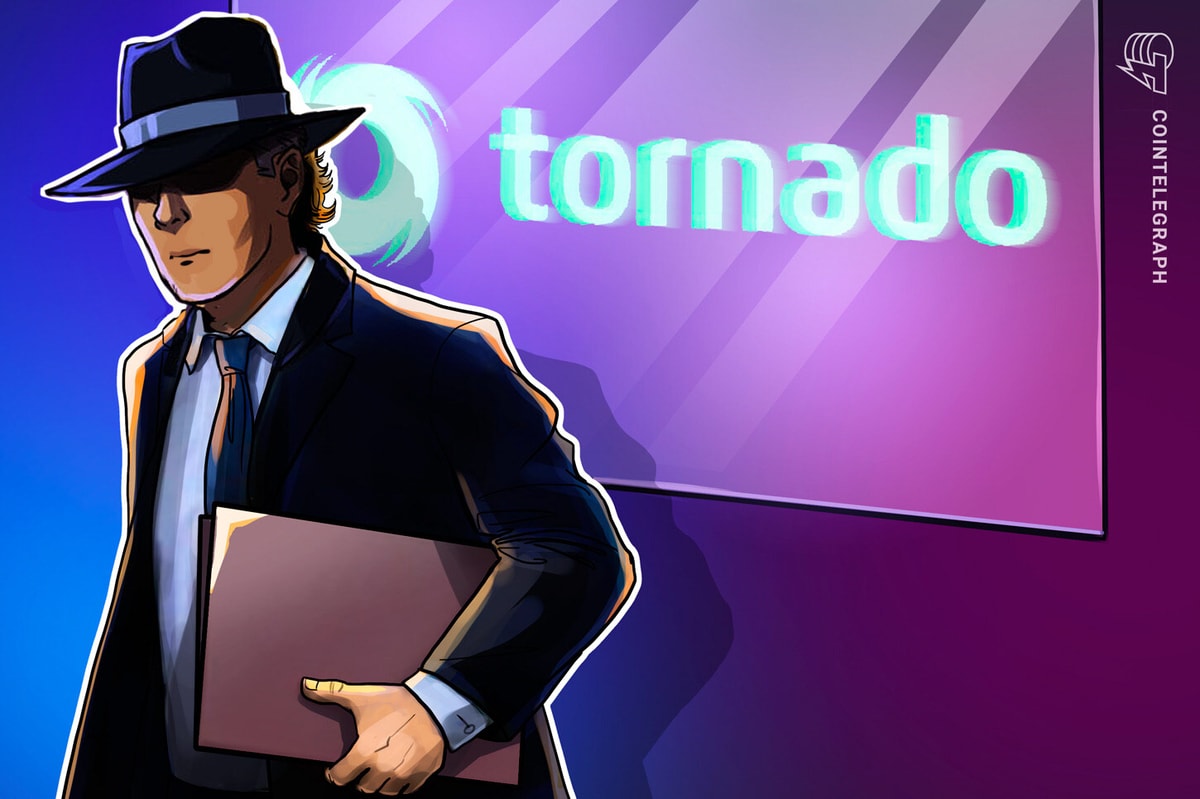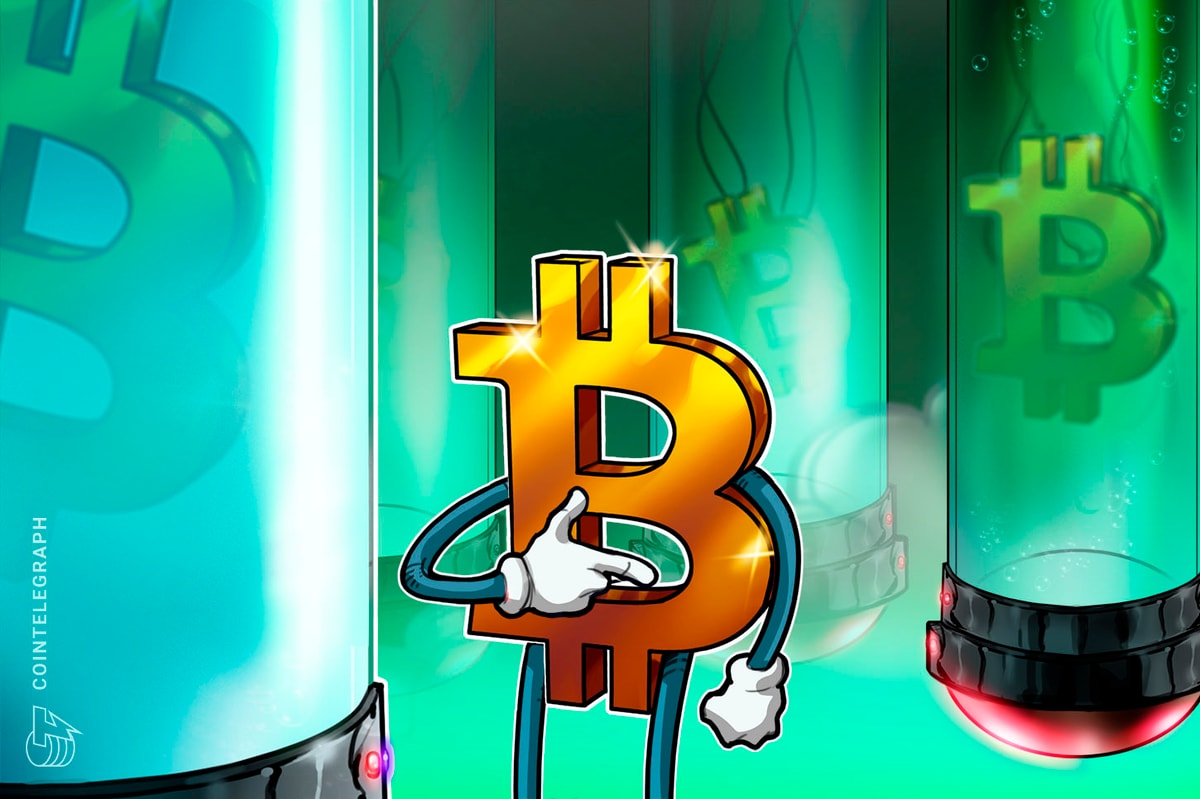Denis Vasin, co-founder and the lead developer of Storm Trade, described his project at a Cointelegraph AMA as “the first leverage trading platform native to Telegram.” Users can connect directly through Telegram’s wallet and start trading through Storm’s mini-app. “It’s as simple as that,” Denis said. “With Storm, we want to bring financial freedom to Telegram users.”
Storming the DeFi Landscape: AMA with Storm Trade [Cointelegraph Acceleration] https://t.co/bgIGwnuK9i
— Cointelegraph (@Cointelegraph) May 15, 2024
The concept for Storm Trade originated during the first TON hackathon, where Denis presented a prototype for a perpetual DEX on the TON blockchain. The project won second place, prompting Denis and his team to continue development. Funding was provided by TONcoin.Fund (formerly TON Ventures). Since launching on the TON mainnet, Storm Trade has experienced significant growth, with daily trading volume reaching $5-20 million within four months. “And it’s doubling every month,” Denis added.
Storm Trade offers a user-friendly mini-app within Telegram that is optimized for mobile use. It allows users to place limit orders, market orders and implement automated trading strategies. Notably, the app focuses on established, blue-chip assets with high liquidity — in line with Telegram and TON’s mass adoption goals.
“Storm Trade is the perpetual futures exchange, which means we’re not trading a real asset, but a synthetic asset,” Denis said. “We are very efficient in terms of liquidity because we don’t require our liquidity providers to provide separately in Bitcoin, Ethereum, TON, etc.”
Assets simplified
Unlike traditional DEX models, liquidity providers provide only one asset (settlement asset) for all trading pairs within Storm Trade, eliminating the need to manage multiple assets across fragmented pools. The platform uses two main pools, TON and USDT, for settlement, resulting in higher liquidity utilization rates (50-100%) than traditional DEX models.
It leverages oracle solutions such as Pyth Network to provide accurate pricing data. Storm Trade implements a funding rate system to manage risk for liquidity providers and maintain stability in its perpetual futures contracts. To address potential oracle malfunctions, maximum spread limits can prevent trading if oracle data deviates significantly from expected values. In the event of an economic attack, open interest, spread and price impact limits are applied. Storm Trade is audited by both the TON technical team and external firms to identify vulnerabilities in its smart contracts.
As for the differences with the Telegram trading bots, Denis commented: “Bots have primarily text-based interfaces and are mostly focused on speed, on ‘aping’ new coins. I think bots like Unibot are aimed more at the advanced DeFi users, while we are aimed at the general audience.”
One-click setup
Storm Trade is a mini-application with a real trading terminal optimized for mobile, Denis said during the AMA. “Everything can be set up in one click, and you can open a trade immediately. Another important point is that we are a noncustodial platform. We don’t know our users’ keys or hold any funds.”
Denis is pretty fascinated by TON: “It’s very different from other blockchains. TON has the best chance of becoming the blockchain for mass adoption, bringing its 800 million users to Web3. It really focuses on the end-user. For example, you can easily send USDT to other Telegram users just by using their username. Currently, it’s the most convenient and fastest payment system, similar to money transfer.”
He then described other advantages of TON compared to other chains. He noted that Ethereum is more research-based and Solana is tech-focused, so they prioritize different aspects, but “it’s quite difficult to reach people’s minds and hearts that way.”
Denis continued: “For the best user experience and the most integrated native experience, you need to be a layer-1 blockchain that can handle immense loads, potentially unlimited loads. TON is built with scalability in mind and designed for high volumes of users. It avoids bridges and other complexities of Ethereum layer-2 solutions.”
Developing on The Open Network
Denis acknowledged the difficulties of building on top of TON and its current immaturity issues: “Developing on TON is actually nothing like developing on studio. You have to reinvent almost all programming patterns compared to, for example, Solidity. Also, smart contracts in TON should be able to run in parallel, so you have to manually handle all the difficulties, like rolling back the transaction in the middle of the ‘flight.’ It’s a completely different development model, and it is technically very challenging. And the whole system is still very young, lacking development tools that can be created in 10 years”.
The TGE of the STORM token is expected to take place in early summer. Denis sees it as a milestone that will mark strong trading data and enable future developer expansion: “After the token launch, there will be a lot of incentives to accelerate our growth. We have a very rich roadmap after that: protocol improvements, social trading features like contests and copy trading, further development based on user feedback.”
Disclaimer. Cointelegraph does not endorse any content or product on this page. While we aim at providing you with all important information that we could obtain in this sponsored article, readers should do their own research before taking any actions related to the company and carry full responsibility for their decisions, nor can this article be considered as investment advice.












